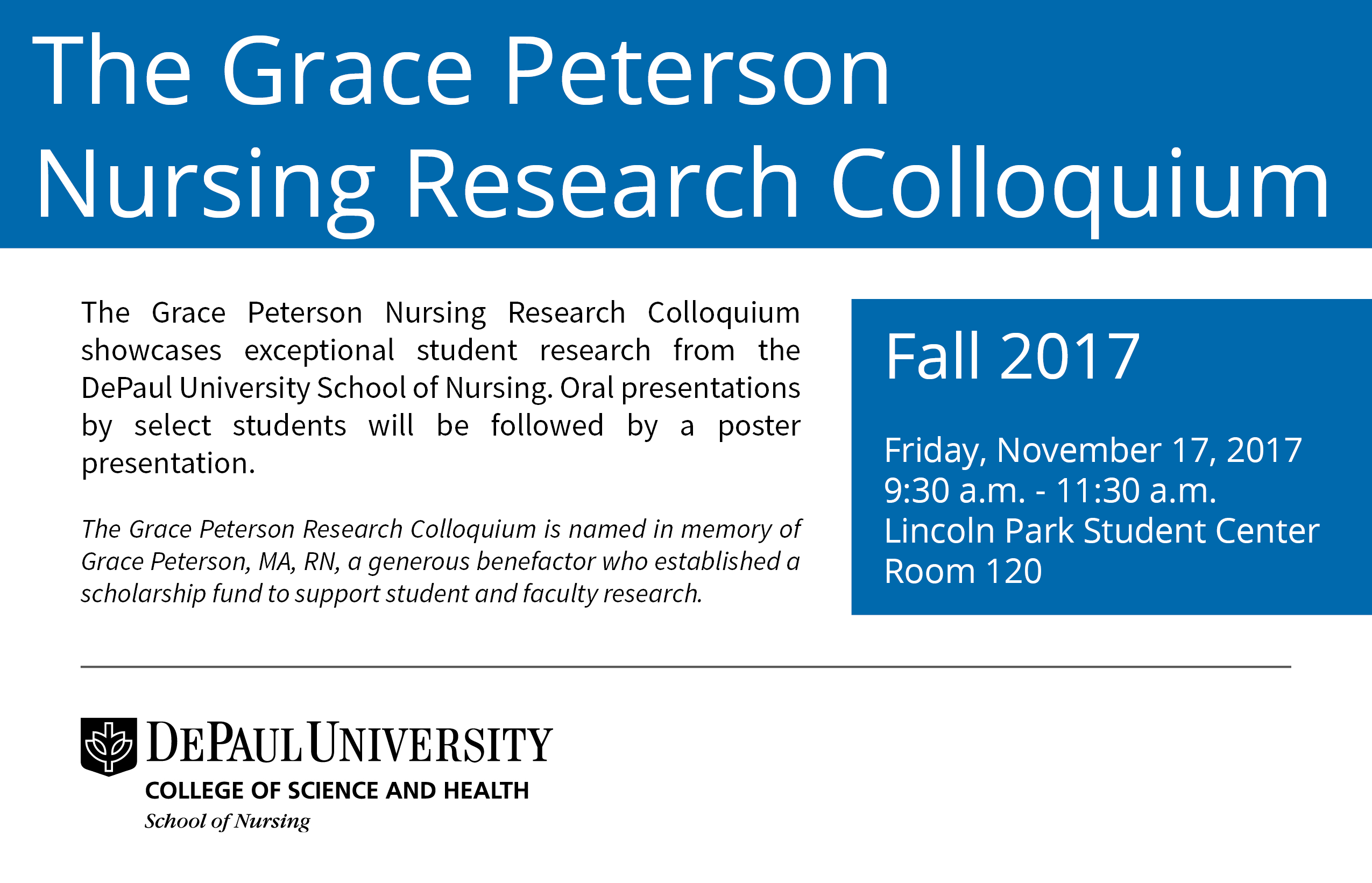Title of Research
Start Date
17-11-2017 10:00 AM
End Date
17-11-2017 11:30 AM
Abstract
Abstract
Background: Survivors of sexual assault often experience upsetting interactions with legal and medical professionals during post-assault care, a phenomenon termed “secondary victimization”; research is lacking on ways in which providers can predict and prevent this occurrence.
Objectives: The aim of this study was to identify traumatizing aspects of post-assault care and to explore potential interventions for preventing or abating secondary victimization.
Method: An integrative literature review was conducted to include recent, primary, peer-reviewed sources. Data synthesis and analysis was completed to identify themes in the literature as they pertain to the research questions.
Results: Commonly identified traumatizing aspects of post-assault care were identified within the following categories: questioning and interviewing; environment, circumstances, and medical forensic examination; provider and interpersonal; and inconsistency. Suggested interventions for preventing or abating secondary victimization were identified within the following categories: safety and control; efficiency; validation; communication; and Sexual Assault Nurse Examiner-Provided Care.
Conclusion: There are various procedural alterations that could be made on individual, institutional, and system levels in order to decrease the occurrence of secondary victimization. These findings revel the urgent need for further study and reevaluation of existing standards in post-assault care for survivors of sexual assault.
Included in
Predicting and Preventing Secondary Victimization for Sexual Assault Survivors: An Integrative Literature Review
Abstract
Background: Survivors of sexual assault often experience upsetting interactions with legal and medical professionals during post-assault care, a phenomenon termed “secondary victimization”; research is lacking on ways in which providers can predict and prevent this occurrence.
Objectives: The aim of this study was to identify traumatizing aspects of post-assault care and to explore potential interventions for preventing or abating secondary victimization.
Method: An integrative literature review was conducted to include recent, primary, peer-reviewed sources. Data synthesis and analysis was completed to identify themes in the literature as they pertain to the research questions.
Results: Commonly identified traumatizing aspects of post-assault care were identified within the following categories: questioning and interviewing; environment, circumstances, and medical forensic examination; provider and interpersonal; and inconsistency. Suggested interventions for preventing or abating secondary victimization were identified within the following categories: safety and control; efficiency; validation; communication; and Sexual Assault Nurse Examiner-Provided Care.
Conclusion: There are various procedural alterations that could be made on individual, institutional, and system levels in order to decrease the occurrence of secondary victimization. These findings revel the urgent need for further study and reevaluation of existing standards in post-assault care for survivors of sexual assault.


